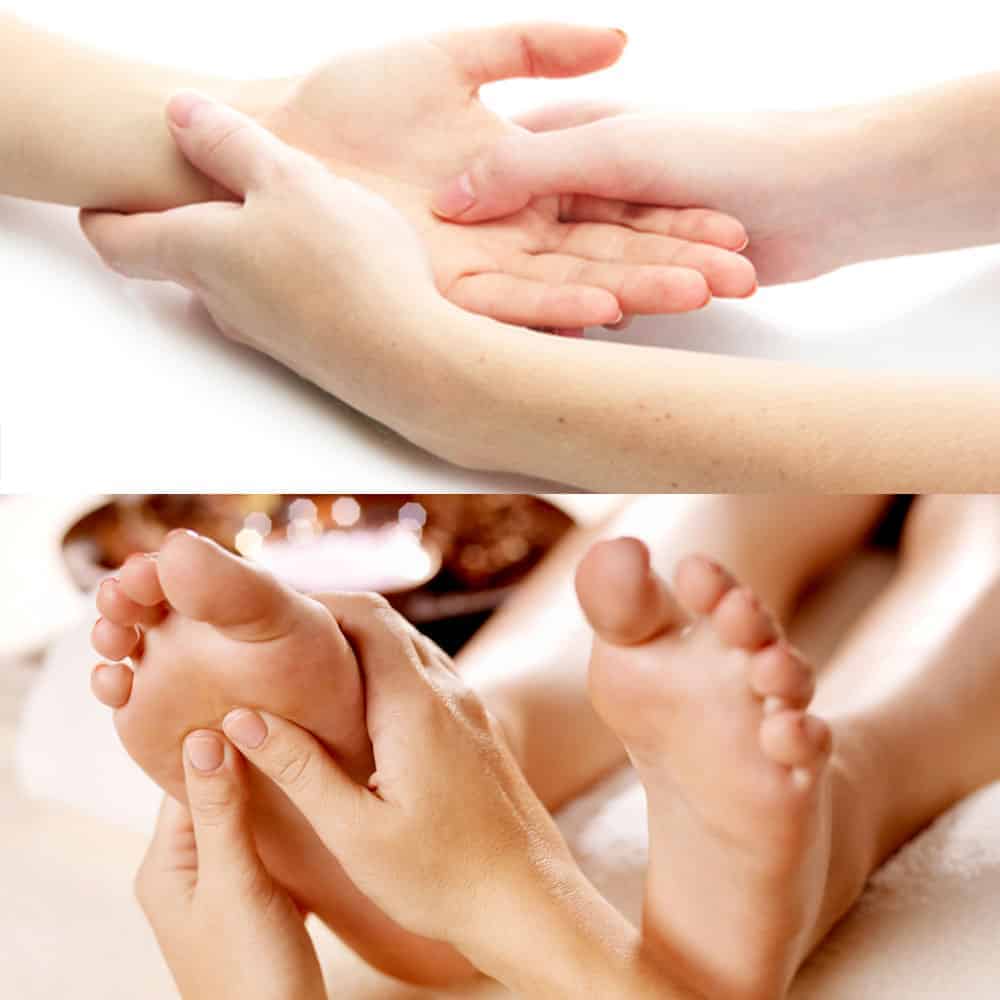Heart rate recovery (HRR) is a vital measure that provides insights into your cardiovascular health, fitness level, and even potential health risks. When you finish a workout, your heart rate doesn’t immediately return to its resting state; instead, it gradually decreases. The rate at which it drops is an indicator of cardiovascular efficiency and autonomic nervous system health.
In this guide, we’ll cover what heart rate recovery is, its importance, factors affecting HRR, and how to calculate it accurately. Additionally, we’ll discuss how HRR relates to overall fitness and health, the role of various technologies, and ways to improve your HRR for better exercise outcomes.
Understanding Heart Rate Recovery (HRR)
What Is Heart Rate Recovery?
Heart rate recovery (HRR) measures the rate at which your heart rate decreases after intense physical activity. A quick drop in heart rate immediately after exercise suggests a healthy cardiovascular system, whereas a slower decline may indicate fatigue, overtraining, or potential heart-related issues.
The Science Behind Heart Rate Recovery
HRR is regulated by the autonomic nervous system (ANS), specifically its two branches:
- Sympathetic Nervous System (SNS): The SNS is activated during exercise, increasing your heart rate and adrenaline to prepare your body for physical exertion.
- Parasympathetic Nervous System (PNS): The PNS, or “rest and digest” system, is responsible for slowing the heart rate after exercise, helping the body return to a relaxed state.
A faster HRR reflects a healthy, balanced ANS, where the PNS quickly takes over to bring the heart rate back down. On the other hand, a slower HRR may suggest that the body is struggling to transition from an active to a resting state.
Why Heart Rate Recovery Matters for Your Health
Fitness Indicator
A faster HRR is a positive indicator of physical fitness, particularly cardiovascular endurance. Those who are physically active and maintain a regular exercise routine usually experience a quicker HRR.
Health Risk Predictor
HRR is also a strong predictor of health risks, particularly concerning the cardiovascular system. Studies have found that a slow HRR is linked to an increased risk of heart disease, hypertension, and in some cases, mortality. Monitoring HRR can be a proactive way to catch potential health issues early.
Workout Effectiveness and Recovery Gauge
For athletes, HRR is an effective measure of workout intensity and recovery. A fast HRR indicates that the body is adapting well to training, whereas a slow HRR can signal overtraining or insufficient recovery time.
Autonomic Nervous System Health
HRR reflects the state of your ANS, which regulates many unconscious body functions. Healthy HRR rates indicate a balanced ANS, while lower rates can signal chronic stress or an imbalance between the sympathetic and parasympathetic systems.
Factors That Impact Heart Rate Recovery
Understanding the factors affecting HRR can help you interpret and optimize it. Here are the primary influences:
- Age: With age, heart rate recovery naturally slows as cardiovascular efficiency declines.
- Fitness Level: Regular exercise improves HRR by strengthening the heart and increasing vascular efficiency.
- Exercise Intensity: Higher intensity workouts can lead to a longer recovery time.
- Sleep Quality: Good sleep is crucial for HRR as it allows your body and heart to recover.
- Hydration and Nutrition: Poor hydration and inadequate nutrition can impair HRR.
- Health Conditions: Conditions such as obesity, diabetes, and cardiovascular disease are linked to slower HRR.
Calculating Heart Rate Recovery (HRR): Step-by-Step
HRR calculation is straightforward, requiring just a stopwatch and a method to measure your heart rate. It’s typically measured at one and two-minute intervals after exercise. Here’s how to do it:
1. Begin with a Warm-Up and Exercise
Start with a warm-up, then perform moderate to high-intensity exercise for at least 10-15 minutes, aiming to reach 70-85% of your maximum heart rate (MHR).
2. Measure Immediate Post-Exercise Heart Rate
As soon as you finish your workout, measure your heart rate using a heart rate monitor or by manually counting beats per minute. This is your immediate post-exercise heart rate, also known as HR1.
3. Measure After One Minute (HR2)
After resting in a seated or standing position for one minute, measure your heart rate again. This is your one-minute post-exercise heart rate, labeled as HR2.
4. Calculate HRR at One Minute
Subtract the one-minute heart rate (HR2) from your immediate post-exercise heart rate (HR1). This difference is your one-minute HRR.
Formula: HRR (1 min) = HR1 – HR2
5. Optional – Measure After Two Minutes (HR3)
To get a more comprehensive view, measure your heart rate again after two minutes (HR3), calculating the two-minute HRR by subtracting HR3 from HR1.
Formula: HRR (2 min) = HR1 – HR3
Example Calculation of Heart Rate Recovery
Suppose your immediate post-exercise heart rate (HR1) is 160 beats per minute, and your one-minute heart rate (HR2) is 130 beats per minute. Here’s how to calculate:
- HRR (1 min) = 160 – 130 = 30 beats per minute
A one-minute HRR of 30 bpm is typically considered strong and healthy.
How to Interpret Heart Rate Recovery Scores
Heart rate recovery norms may vary, but here are some general interpretations for HRR rates:
- Excellent: 30 bpm or higher
- Good: 20-29 bpm
- Average: 12-19 bpm
- Below Average: Less than 12 bpm
Tracking trends over time is more insightful than focusing on a single measurement.
Improving Your Heart Rate Recovery: Proven Strategies
If your HRR is slower than desired, there are steps you can take to improve it. Here are some methods to enhance your heart rate recovery:
1. Incorporate Aerobic Training
Aerobic exercises, such as running, swimming, and cycling, improve cardiovascular efficiency, often resulting in faster HRR over time.
2. Use High-Intensity Interval Training (HIIT)
HIIT workouts help improve cardiovascular fitness and HRR by challenging the body to adapt to intense activity and rest cycles.
3. Stay Hydrated
Hydration is essential for circulation and muscle function, making it easier for your heart to recover after exercise.
4. Prioritize Sleep Quality
Quality sleep supports heart health and allows your body to recover from stress. Aim for 7-9 hours per night for optimal recovery.
5. Manage Stress
Stress management techniques, such as meditation, yoga, or deep breathing, promote a faster HRR by supporting a balanced ANS.
Advanced Tracking with Heart Rate Monitors
Many fitness trackers and heart rate monitors can automatically track HRR. Here’s a look at some popular options:
- Garmin: Offers HRR tracking as part of its health metrics.
- Fitbit: Provides post-exercise HRR analysis through its app.
- Apple Watch: Tracks HRR and displays trends for monitoring health.
These devices allow for easy HRR tracking over time, providing insights that help you adjust your fitness routine and monitor your cardiovascular health.
Heart Rate Recovery and Its Relationship with Other Health Metrics
HRR should be considered alongside other cardiovascular health indicators, such as:
- Resting Heart Rate (RHR): A lower RHR is associated with better heart health.
- Heart Rate Variability (HRV): Higher HRV reflects better ANS function and stress resilience.
- Maximum Heart Rate (MHR): Knowing your MHR helps you set appropriate intensity levels for workouts.
Using HRR along with these metrics can provide a more complete picture of your cardiovascular health.
HRR and Athletic Performance
For athletes, tracking HRR is crucial for optimizing performance. Athletes often use HRR to gauge recovery between sessions and tailor their training intensity. A consistently slower HRR can indicate overtraining, prompting adjustments to prevent injury and allow proper recovery.
The Long-Term Benefits of Tracking Heart Rate Recovery
Monitoring HRR over the long term can yield several benefits:
- Enhanced Cardiovascular Health: A consistently fast HRR is linked with reduced risks of cardiovascular disease.
- Better Workout Efficiency: Tracking HRR helps you understand when to push harder or allow more recovery.
- Proactive Health Monitoring: HRR provides insights that can alert you to potential health issues before they worsen.
Other Effective Tips to Support Heart Rate Recovery
To further improve HRR, consider these additional practices:
- Eat a Balanced Diet: Foods rich in potassium and magnesium support heart health and recovery.
- Avoid Excessive Alcohol: Alcohol can disrupt the ANS, leading to slower HRR.
- Take Rest Days: Adequate rest is vital for cardiovascular recovery and prevents burnout.
- Strengthen Your Core: Core exercises improve circulation, promoting faster HRR.
Final Thoughts on Heart Rate Recovery
Heart rate recovery is a powerful tool for assessing and improving cardiovascular health. By regularly calculating and monitoring HRR, you can gain valuable insights into your fitness and recovery levels, optimize your workout routine, and potentially catch early signs of health issues
Whether you’re an athlete or someone looking to improve your health, understanding HRR can help guide you toward better cardiovascular fitness and long-term wellness.




